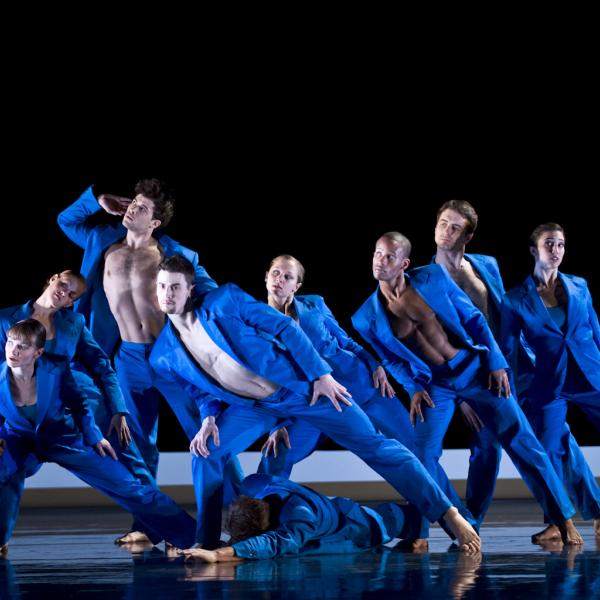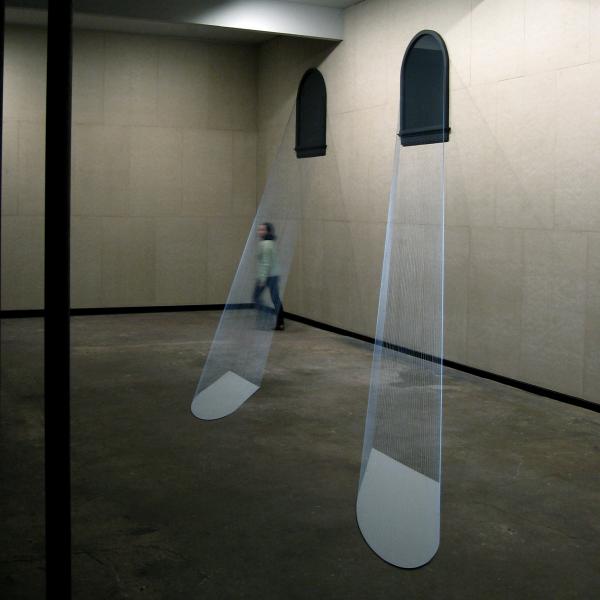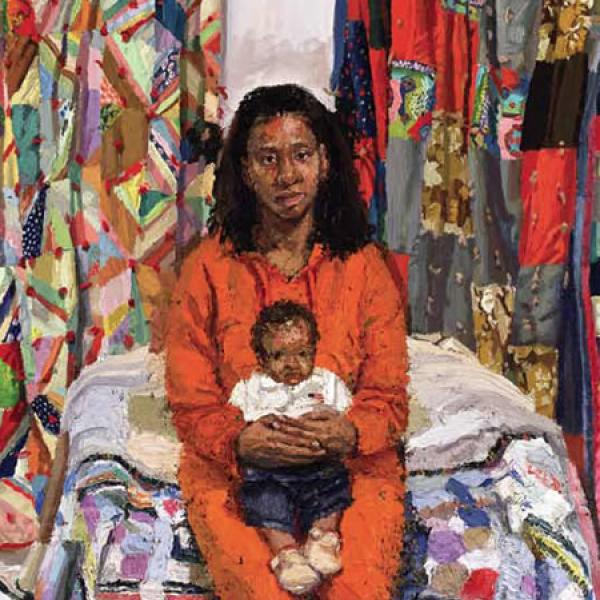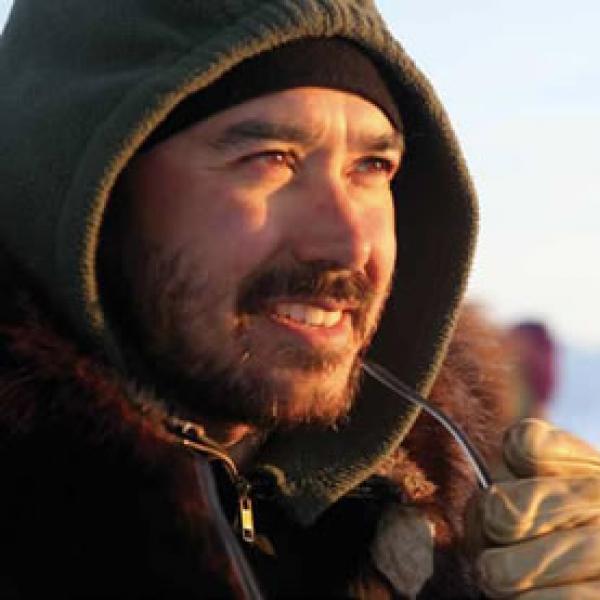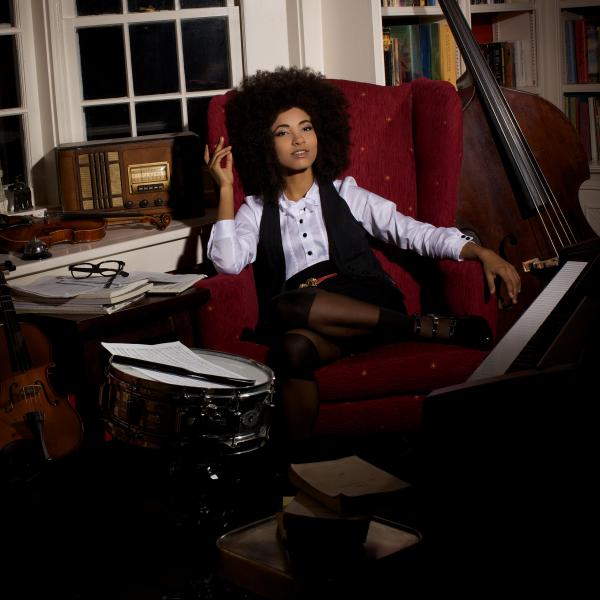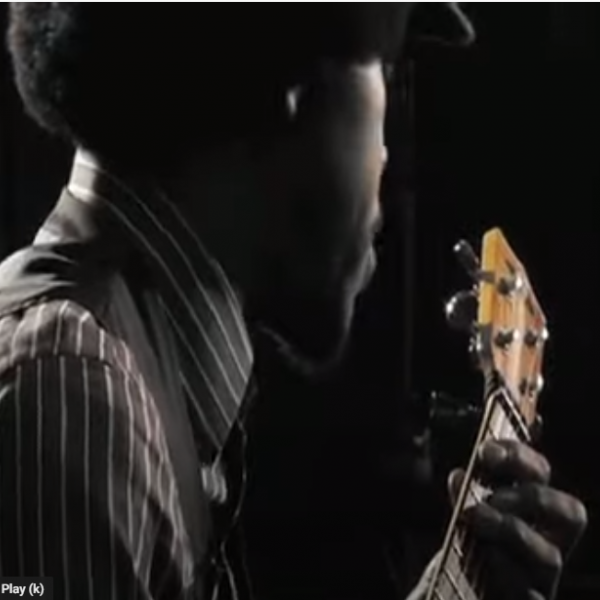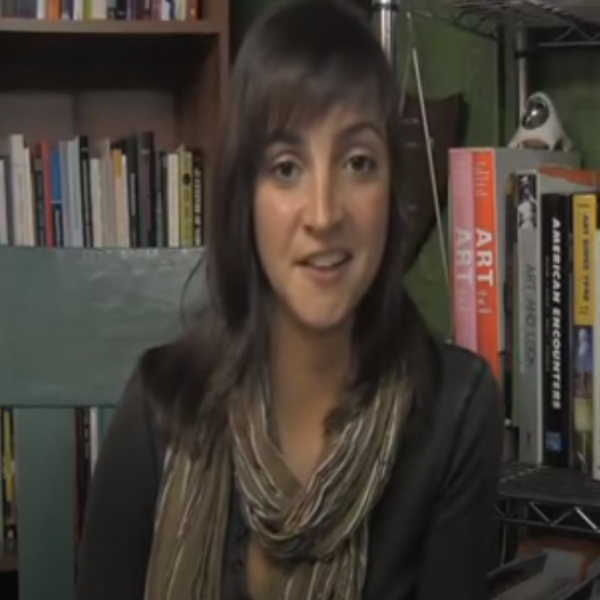Wild at Heart
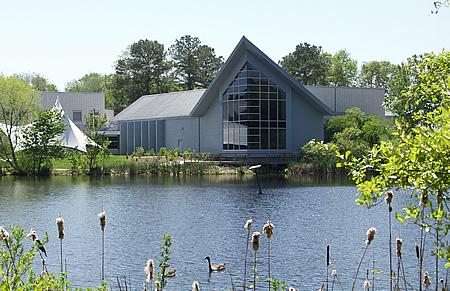
The Ward Museum sits alongside the Schumaker Pond, part of the Chesapeake Bay Coastal Waterway, with a stunning view of the wildlife that inhabits the area. Photo courtesy of the Ward Museum
In the lower Eastern Shore of Maryland, the Ward Museum of Wildfowl Art sits on the campus of Salisbury University. A small museum, opened in 1975, the Ward Museum nonetheless has connected significantly with its surrounding community under the auspices of Executive Director Lora Bottinelli. The museum has continued to grow from its origins as a grassroots effort to celebrate two local artists to an internationally renowned institution for wildfowl art still cherished by its regional neighbors.
Bottinelli, attracted by the museum’s motto—“Celebrating art, nature, and tradition”—became in 2002 the museum’s first curator/folklorist, a position established through Maryland Traditions, the state’s folk arts infrastructure program. With her MA in American Studies from the University of Wyoming and her BA in American Studies and English from Rutgers University, Bottinelli might have seemed like an unlikely choice for a folklorist position. However, throughout college and graduate school she worked and studied with folklorists, exploring her primary interest of the connection between cultural expression and place. The Ward Museum and its “celebration of the creative spirit of the region,” says Bottinelli, made it the ideal next step in her career.
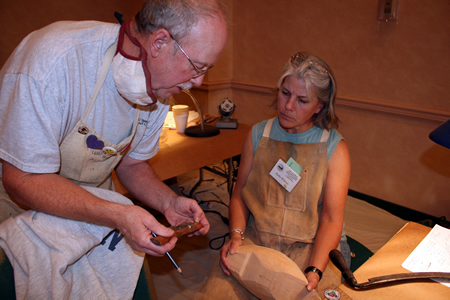
Carving enthusiast, Rich Smoker, gives a fellow carver a lesson on proper technique. Photo courtesy of the Ward Museum |
The museum was created to carry on the legacy of Stephen and Lem Ward, artists whose waterfowl decoys and decorative bird carvings made an extraordinary impact on the field of wildfowl art. The brothers worked as barbers in the town of Crisfield, Maryland, but their true calling was the creation of uniquely realistic wildfowl decoys, an art form learned from their father. Over five decades of carving, the Ward brothers produced an estimated 25,000 decoys and decorative birds. In 1983 Lem Ward was recognized with an NEA National Heritage Fellowship.
As curator/folklorist, Bottinelli worked on integrating Maryland’s rich cultural traditions into the museum’s exhibits and outreach programs. In 2003, her role at the museum expanded as she was tasked with administering the 2003 American Folklife Center Field School. Sponsored by the Library of Congress, the field school conducted cultural documentation of Crisfield. With the decline of commercial fishing, residents in Crisfield have moved to cultural tourism. With Bottinelli’s assistance as the primary fieldworker, participants interviewed everyone from 11th-generation waterman Wayne “Hon” Lawson to seafood packing house co-owner Casey Todd. The findings from this research were then included in the 2004 Smithsonian Folklife Festival, which focused on Water Ways: Mid Atlantic Maritime Communities. With more than one million visitors attending the festival every year, this was an opportunity to bring national attention to the Ward Museum and the cultural traditions of the lower Eastern Shore.
The successful role Bottinelli played in both these programs, and the administrative and program experience she gained, put her in the position to take on more of a leadership role when the director of the Ward Museum began to make plans for retirement. Bottinelli was named the deputy director in 2005, followed by interim director in November 2006, and the following spring, she was named executive director of the Ward Museum. “With her training in American Studies and folklore, Lora has proven to be uniquely suited to direct a wildfowl art museum,” stated Barry Bergey, the NEA director of folk and traditional arts. “I would think that the job description for such a position might include training in how to successfully curate an exhibition that incorporates the voices of the hunter and the historian, in addition to understanding the special skills it takes to attract both wary ducks or willing donors.”
In the relatively short time as executive director, Bottinelli and her staff have worked on expanding the museum’s reach and creating new connections with its constituencies. According to Bergey, “the museum serves multiple communities: carvers and users of working decoys, creators of artistic pieces inspired by nature, collectors of historic as well as contemporary work, and conservers of the natural and cultural resources of the region, among others.”
Under Bottinelli’s leadership, the Ward Museum has worked to develop audiences by taking a fully integrated approach when planning exhibitions. An idea is “teased out over time,” said Bottinelli, allowing the staff to create accompanying education programs and volunteer opportunities. “This makes the experience more enriching and makes [visitors] want to come back.”
The Ward Museum and its focus on the region’s folk and traditional arts, means it is uniquely situated to create personal connections with its visitors. For many people, their first exposure to the arts is in the home, Bottinelli said, and often this art form is an example of the folk and traditional arts. Many of the museum’s visitors have already been exposed to the works on display and traditions highlighted at the museum and so they are “encouraged to enjoy the arts because there’s a common place. It makes people feel like they have ownership of the material being presented.”
In addition to the connections made with the general public, the museum also supports the professional artists within this field by providing outlets for artists to exhibit their work and network with one another. Each fall, the museum holds the annual Wildfowl Expo, a celebration of waterfowling traditions and decoy making. In addition to a marketplace of antique decoys, waterfowling collectibles, folk art, photography, and paintings, the event also features carving competitions. But the field’s main competitions are held in the spring, when the museum holds the annual Ward World Championships. More than 1,000 artists from around the globe compete in this international wildfowl carving event that is considered the most prestigious competition in the world for this craft.
The museum not only recognizes the art form’s current practitioners but paves the way for new artists through the Carving Out Future Decoy Makers program. Funded in part through an NEA grant, the program pairs master artists with apprentices in their communities to learn the art of decoy carving. The program began in the Mid-Atlantic area but expanded nationwide in 2008 with 12-20 instructors training 6-7 apprentices each. The instructors then bring their students’ work to the Wildfowl Expo for an annual competition. “This not only cultivates the art form,” said Bottinelli, “but it solidifies the [museum’s] relationships with the master artists. It’s a way of increasing the museum’s relevance to the community it serves.”
The Ward Museum has also developed accompanying educational resources and activities, serving more than 10,000 youth and adults every year through programs, tours, and camps that focus on art, heritage, and nature. In addition, the museum developed resources for educators such as Pass It On: Cultural Traditions of the Lower Eastern Shore. A K-12 curriculum and activities guide created with support from Maryland Traditions, Pass It On helps students to understand and appreciate the history of their maritime community by examining the material culture of the Eastern Shore’s maritime community, its living traditions, and the environmental concerns. Programs like these not only provide invaluable environmental education, but also create an audience that understands and appreciates the mission of the Ward Museum.
Like decoy carving itself, which has undergone a significant transformation over the years, through the work of Lora Bottinelli and her staff the Ward Museum too has grown to be a significant purveyor of the artistic, natural, and cultural legacy of this art form.


